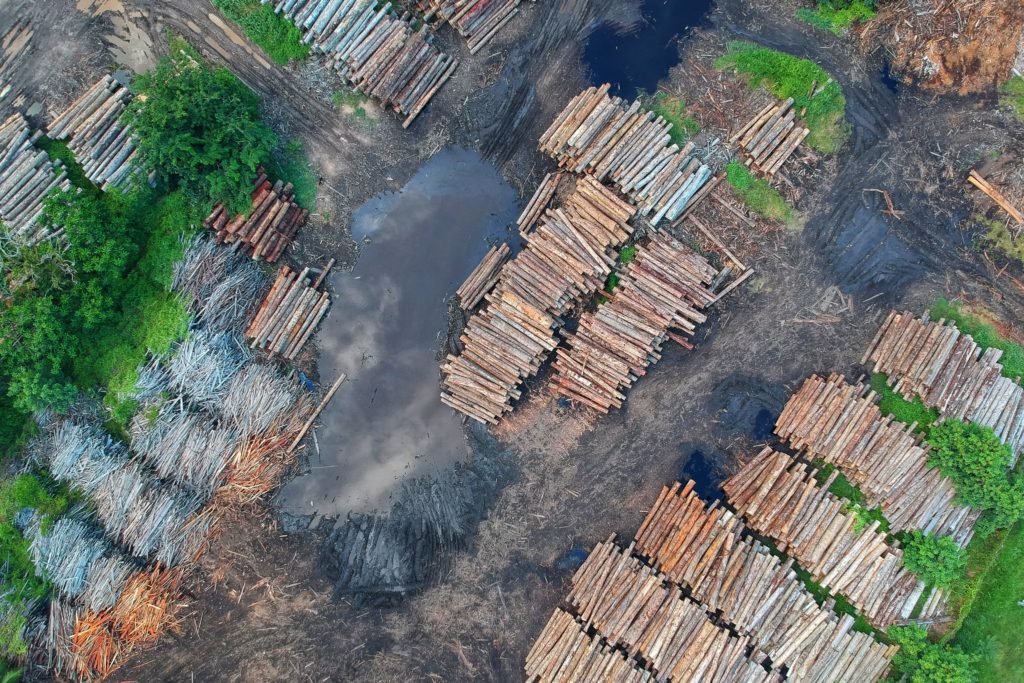
Deforestation displaced: Trade in forest-risk commodities and the prospects for a global forest transition
Pendrill, F. Persson, U. M., Godar, J. and Kastner, T. (2019). Environmental Research Letters, vol. 14, no. 5. DOI: 10.1088/1748-9326/ab0d41 (open access)
Quantifies deforestation embedded in production of agricultural and forestry commodities across the tropics using a land-balance model, and then allocates them to consumer countries.
Overview
While many developed countries are increasing their forest cover, deforestation is still rife in the tropics and subtropics. This deforestation is often linked to production of agricultural commodities that are internationally traded and in large part consumed in developed countries. Thus, it is becoming increasingly important to consider inter-country trade links in assessing the drivers of – and possible connections between – forest loss and gain across countries.
Previous studies have shown that countries that have undergone a forest transition (and are now increasing their forest cover) tend to displace land use outside their borders. However, a lack of comprehensive data on deforestation drivers has made it impossible to ascertain whether this displacement has accelerated forest loss in source countries.
To fill this gap, this article presents a land-balance model that quantifies deforestation embodied in production of agricultural and forestry commodities at country level across the tropics and subtropics, subsequently tracing embodied deforestation to countries of apparent consumption using a physical, country-to-country trade model.
It finds that in the period 2005–2013, 62% (5.5 Mha yr-1) of forest loss could be attributed to expanding commercial cropland, pastures and tree plantations. The commodity groups most commonly associated with deforestation were cattle meat, forestry products, oil palm, cereals and soybeans, though variation between countries and regions was sizeable.
A large (26%) and slightly increasing share of deforestation was attributed to exports, the bulk of which (87%) were to countries that are either slowing deforestation rates or increasing forest cover on their own territories (late- or post-forest transition countries), particularly in Europe and Asia (China, India, and Russia).
About one-third of the net forest gains in post-forest transition countries was in this way offset by imports of commodities causing deforestation elsewhere, suggesting that achieving a global forest transition will be substantially more challenging than achieving national or regional ones.
The work was partly funded through PRINCE, along with the Gordon and Betty Moore Foundation through the Trase programme.